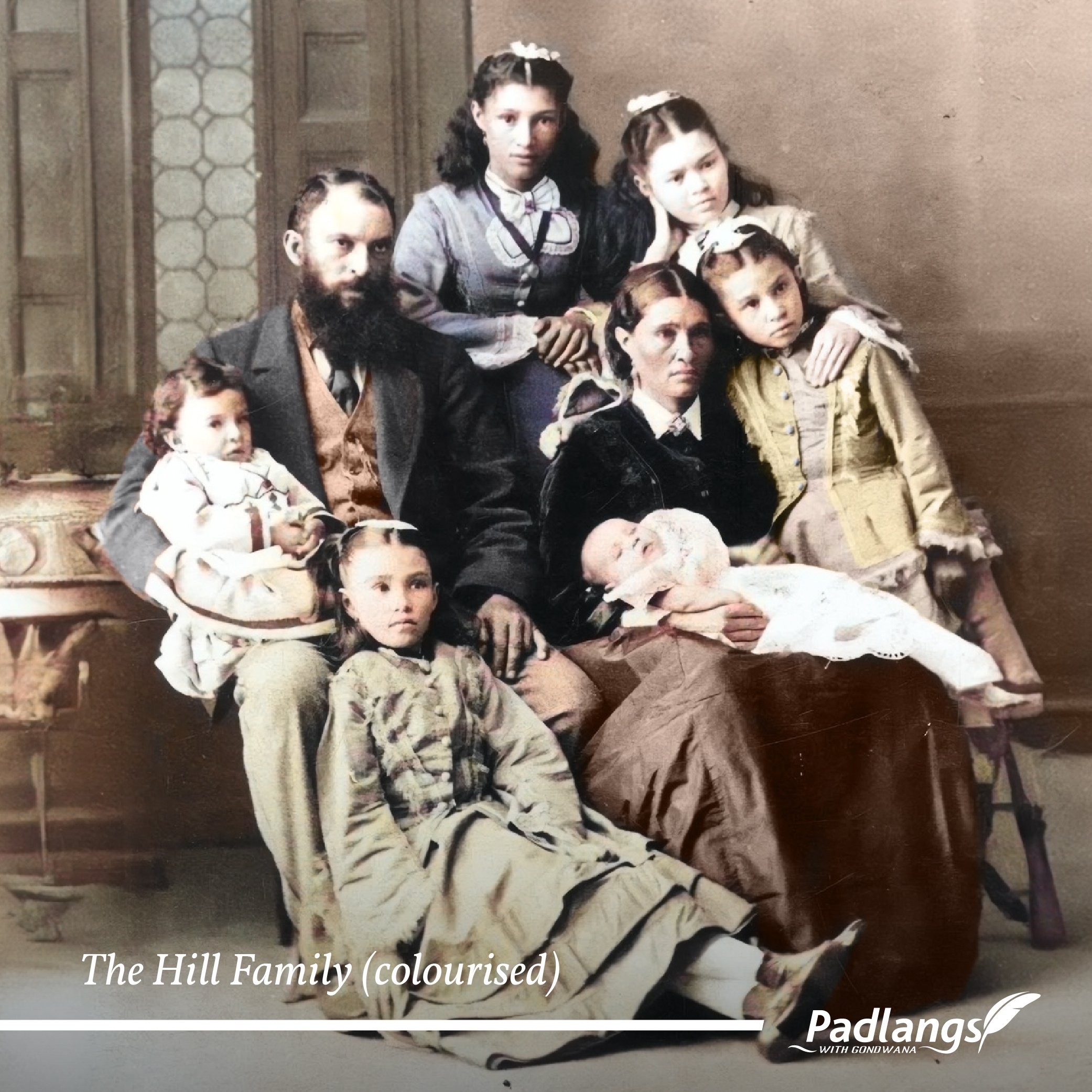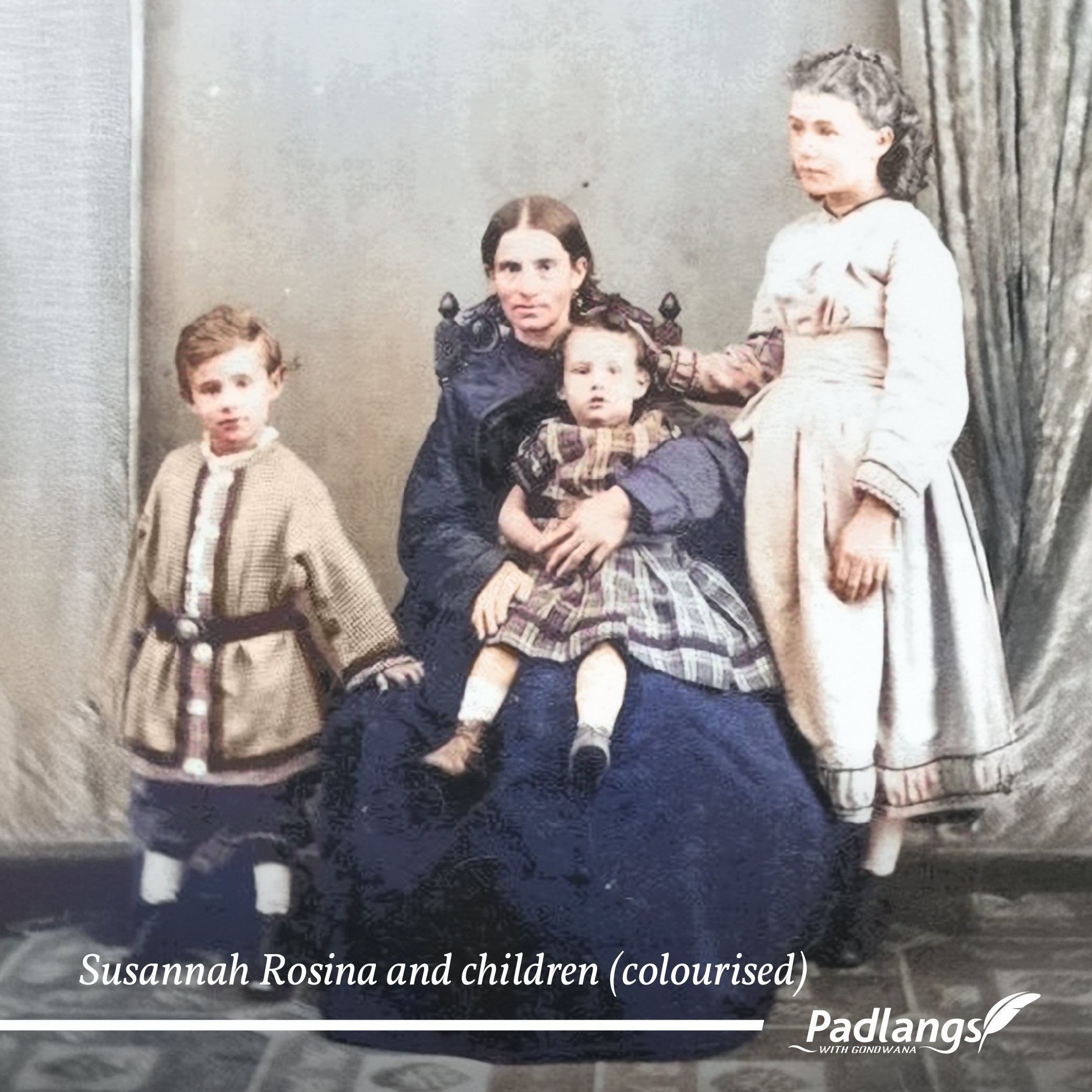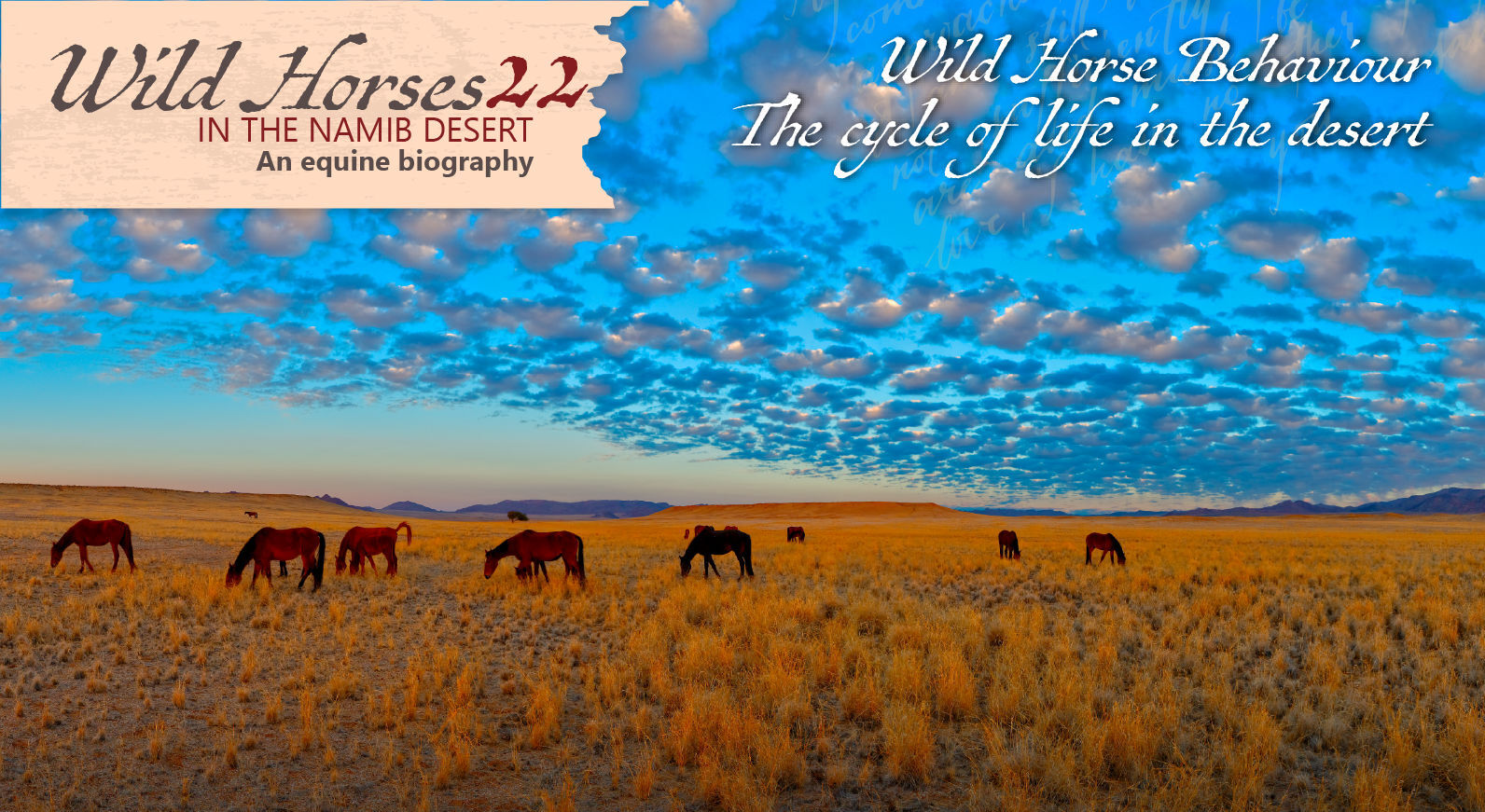Set in southern Namibia, Great Namaqualand, ‘Bittersweet Karas Home’ is the story of three families, the Hills, Walsers & Hartungs, whose lives merge and intertwine in a semi-arid land that presents both hardship and blessings. Over the next few months, we would like to share this bittersweet saga with you from the (as yet) unpublished book.
CHAPTER ONE (cont . . .)
The road to the Richtersveld
Susanna’s father was the Austrian, Michael Wimmer (1763-1840), another traveller from the Eastern Cape. Many years earlier he had left Austria for Berlin for a four-year course at Johann Jänicke’s Missionary Seminar. Michael and his fellow students went to Rotterdam and to London to learn Dutch and English, South Africa’s lingua franca. The London Missionary Society was a pan-European project. It had British roots, but many of its southern African missionaries were Dutch and German. They also inherited Georg Schmidt’s pioneering work among the Khoi in Genadendal, which was founded in the Moravian or Herrnhut pietistic tradition.
By 1811 Michael Wimmer had joined James Read and Johannes Theodorus van der Kemp in Bethelsdorp, a London Missionary Society station for Khoi, Basters and AmaXhosa on the outskirts of what is Port Elizabeth (Gqeberha) today. Van der Kemp wore Xhosa sandals or walked barefoot, as did his congregation, and he never wore a hat on his bald head.

Susanna described her father’s personality and life in the Eastern Cape to Charles Henry before they wed:
“My father was a humble, soft-spoken and mild-mannered man. When he joined the anti-slavery London Missionary Society (LMS), he didn’t realise the magnitude of the bitter fight with administrators and slave-owning farmers that lay ahead. The farmers hated the LMS missionaries who wanted to free slaves and establish food-gardens and artisan economies on their mission stations, stealing labourers away from them. Missionaries were also involved in ‘Black Circuits’, court cases dealing with the abuse of slave and Khoi farm workers. My father, like his friends, Van der Kemp and Read, was uncompromising in his belief in the equality of all human beings. They married indigenous or freed slave women and lived the simple lives of their congregations. They even accepted converts who included some aspects of African belief systems in their Christianity.
“In 1815, my father informed his mission that he intended to marry a non-white woman by the name of Sabina Adams in Bethelsdorp. Sabina had been baptised as ‘Susanna’ but the local magistrate declared this baptism invalid and therefore forbade the marriage. This decision was, however, racially motivated. My father told his colleague, Seidenfaden, who had been appointed for the wedding ceremony: ‘I have now used all the means in my power to be lawfully married but I cannot. Therefore I declare before you that from this day forth, Susanna (Sabina) is my wife ... I am married to her before God and I shall never leave her.’
“This self-declared marriage was not legal and my father was transferred to Kookfontein in 1821. (German missionaries would name the place Steinkopf after their spiritual mentor from London’s German congregation.) This was the territory of the Basters under their leader, Kobus Engelbrecht; the Witbooi Oorlams under Kaptein Kupido Witbooi, Hendrik Witbooi’s grandfather; and the Namas under Kaptein Abraham Vigiland. San from the Hantam region occasionally drove away cattle and the Orange River Kora, sometimes assisted by Afrikaner Oorlams, engaged in raids.
“Sabina died young, leaving my father with his grief and a small child. When the pain of losing his wife had subsided, he proposed to my mother, Margaretha Beukes, who readily accepted. My grandfather, David Gert Beukes, was a prosperous Baster farmer in Silverfontein, just outside Steinkopf, and my father had converted and baptised Margaretha. Dr John Philip, who had attended my father’s graduation in Berlin, joined the two in wedlock in Cape Town in 1824.
“The 1820s were harsh times. Afrikaner Oorlams and Kora raided the region and displaced many communities, including the Witboois who embraced my father as their missionary before they crossed the Great River on their trek to the north. These were years of extreme drought and famine. Occasional cases of cannibalism were reported to have occurred.
“I have often wondered if my father died a bitter man in 1840. He had been banished and had lived in a ‘matjieshuis’ (reed hut) for many years of his life. He was far from the greener pastures of Austria and he never forgot the great love of his life after whom I was named. When my father’s mission friends, Van der Kemp and the Warmbad-based Albrecht brothers, Abraham and Christian, died as well as Christian’s wife, Sophia Burgmann, he realised that he would also die on African soil. He did not fear this death because he had embraced Africa and was devoted to his congregation. Together with his German colleague, Heinrich Schmelen, Schmelen’s second wife Elizabeth and Jan Bam, his brother-in-law and the first ordained Baster missionary, my father created a home for Richtersveld Nama and Basters like me. I am certain he died in mellow contentedness, unshaken in his dedication.
“My sisters, Margaret and Elisabeth, and I have carried on our father’s work. Elisabeth married Johann Friedrich Hein in Khubus in 1849 and is still involved in work with the school and church.”
Charles Henry was entranced with the Wimmers’ story, whose journey had repeatedly crossed the Hills’ path. He also liked the Richtersveld community spirit. He knew the Anglican, Methodist and Dutch Reformed churches but was not strongly aligned to any of them. For this reason, he was prepared to identify with the mission church in which indigenous evangelists, elders and catechists, including his future wife, were playing increasingly senior roles. This more Africanised Christianity was something he could accept.
He was used to strong women. His father and grandfather had married women older than themselves. According to the visiting missionary James Backhouse, Susanna’s sister, Margaret Wimmer, was ‘an assertive young woman’. So, we can assume, were Susanna Rosina and Elizabeth. Even though Charles Henry was slightly older than his wife, he married somebody who was mature beyond her years.

(Join us every Sunday to take a step back in time and follow the interesting, sometimes sweet, sometimes heart-wrenching tale.)


.jpg)
.jpg)





.png)

SUBMIT YOUR COMMENT